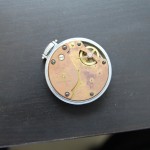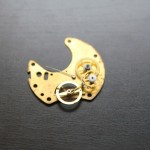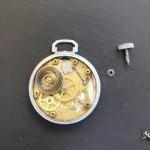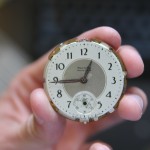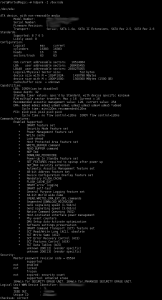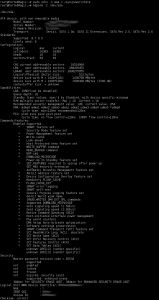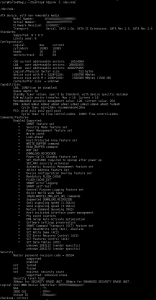I’m American. I’m not afraid. I’m more likely to die by furniture than terrorism. I can’t say that the news of the extensive NSA snooping is shocking, and frankly not totally surprising. What I can say, is that it’s time for a change. We must consider how America has changed, and if it is what we want it to be.
America can be great. In fact, America is great. What America needs now is to be better — to be a true leader. I am compelled to take to writing because I am positive that we can be better. I know we live in trying times, I know there are no easy decisions. I also know that now is the time to take the right path. It is time to take the high road, and lead the world into a new era. It is our time. We’ve spent more than a decade being afraid. We’ve written a blank check for the War on Terror, and it’s due time that we reassess whether all of those decisions are in our best longterm interest. I realize this is a sensitive subject — I know that there are many smart and hardworking people doing the best they can to protect us. Do not confuse me with being “soft on terror”, I’ve come to these realizations exactly because I am strong on America.
In 1933 Franklin D. Roosevelt famously said —
So, first of all, let me assert my firm belief that the only thing we have to fear is…fear itself — nameless, unreasoning, unjustified terror which paralyzes needed efforts to convert retreat into advance.
America has faced massive adversity in the past dozen years. However, it is becoming painful apparent that our inability to accurately judge the cost of the War on Terror is slowly draining us of what it is to be American. You could take a look at how Associated Press reporters call records are being targeted. Or how every day that Guantanamo Bay is open and we have fathers, brothers, and family members locked away — is a day that we tarnish our reputation, alienate the world and endanger all Americans. Collateral damage of military conflicts is burning an image of violence and American aggression into the witnesses and survivors. We measure our costs in American dollars and American lives, and this view is limiting us. The 9/11 attacks cost roughly $500,000. If our response is an arms race where we outspend 1,000:1, our only destination is bankruptcy.
The world is not us vs them, it’s not good guys and bad guys. This view can be extremely toxic and risks de-humanizing other nations and people. We’re all human — we share the same needs and the same planet. The world is shades of grey and overzealous reactions risk alienating huge swaths of the world, not just for today but for decades.
I’ve grown up surrounded by this “new reality” and it’s admittedly difficult to come to understand that the intention of terrorism is to terrorize, to get within ones mind and fears. Viewed with this understanding, our reactions have largely played directly into the hands of the September 11 attackers. We haven’t destroyed them, we’ve created tributes in the form of the Patriot Act and security checkpoints, secret court orders, disallowing photography, and barring liquids on planes. There is little more core to the American belief than “Checks and Balances”. It seems blindingly obvious that intentionally shielding programs like PRISM from the American public, and decisions made in secret validated through secret approvals and courts run diametrically opposed to this foundation in what America is.
This doesn’t affect me
You might be thinking “if you have nothing to hide, don’t worry”. I can’t blame you for thinking this, it certainly would be easier, but sadly it’s not true. I’d like to point out that Hoover and the FBI tapped Martin Luther King Jr, and told him to kill himself. The ability to systemically profile on a large scale is not good for anyone. I like this description of why “metadata” matters.
The glacial turn — Call to Action
I do not believe that these changes will happen overnight. Nor do I believe that we have a perfect solution. I know that we need a course-adjustment, that we need to return to what makes us great. I believe that programs like PRISM need to be made transparent to and evaluated by the American taxpayers who fund it. I believe that transparency has to be the default, and that as long as large scale secrecy exists, it will be exploited. Let’s change, starting today.
Today
- Seriously reflect on what you think and why. Write about it.
- Talk about it, this is a mainstream problem, it impacts everyone whether we like it or not.
- Donate to the EFF (I have)
- sign this petition asking for pardon of Edward Snowden
- Adopt encryption
- RedPhone for Android
- TextSecure for Android
- Mailvelope for the web
- Mymail-crypt (disclosure: my extension)
Tomorrow
Put whatever your skills are to use. The privacy problems we face are not insurmountable and virtually everyone can do something about it.
- Become an advocate, volunteer time to help
- If you make web applications think about architectures that are engrained with user privacy
- Contribute to Open Source projects however you can (self plug: OpenPGP.js)
- Don’t give up



